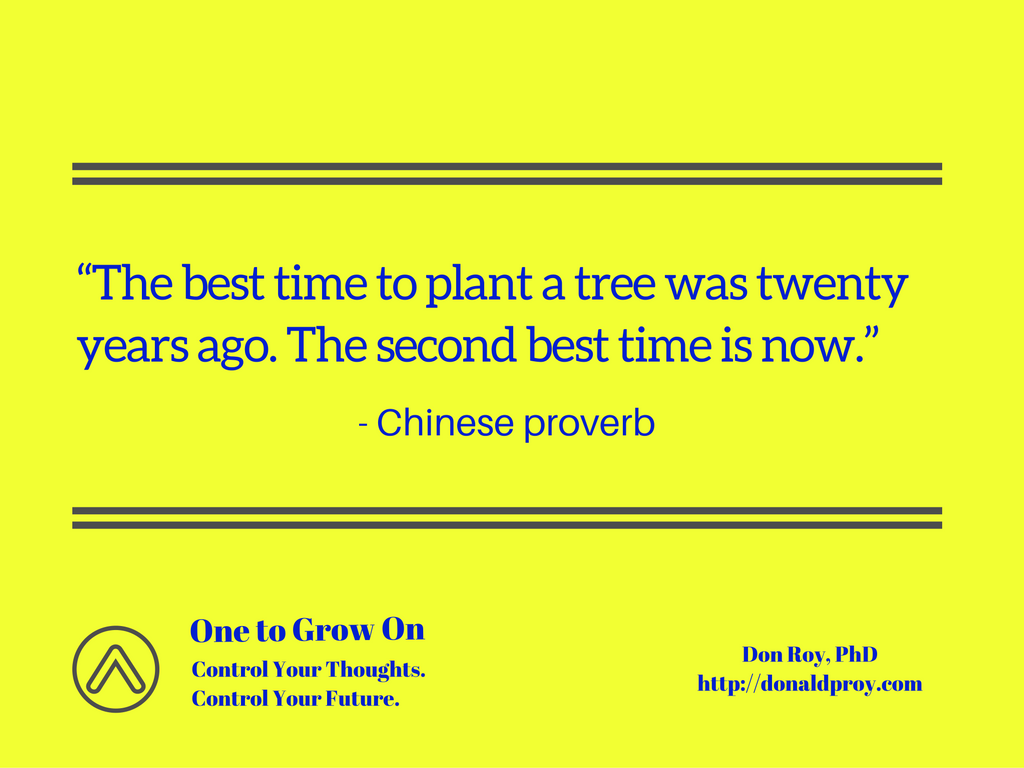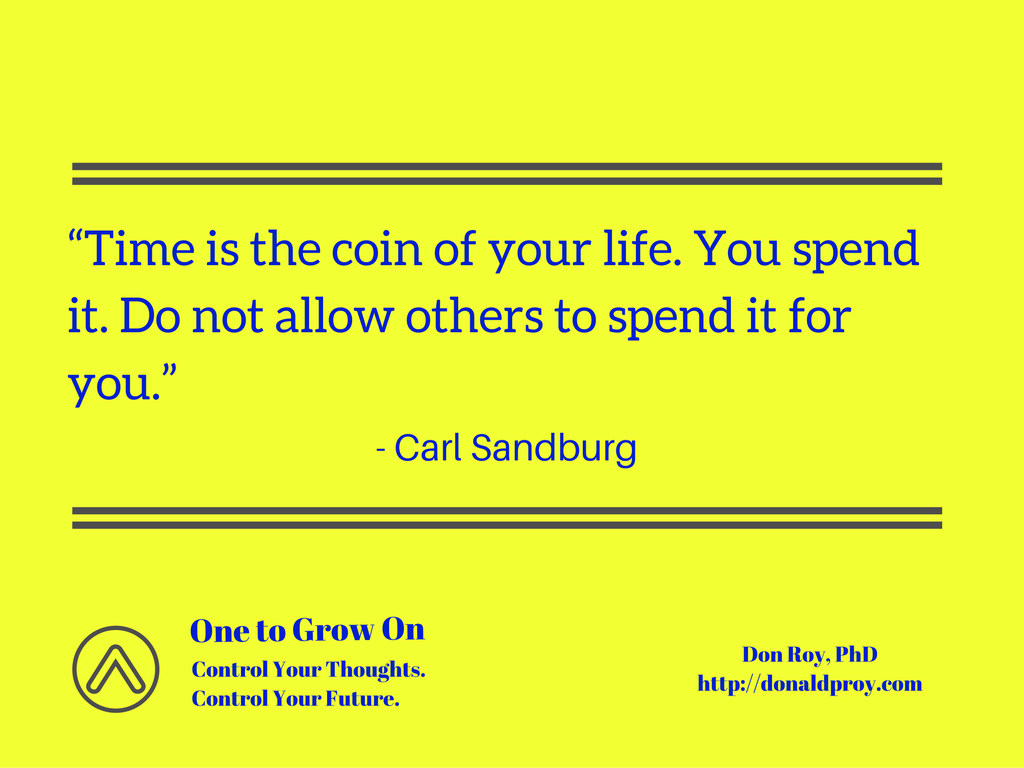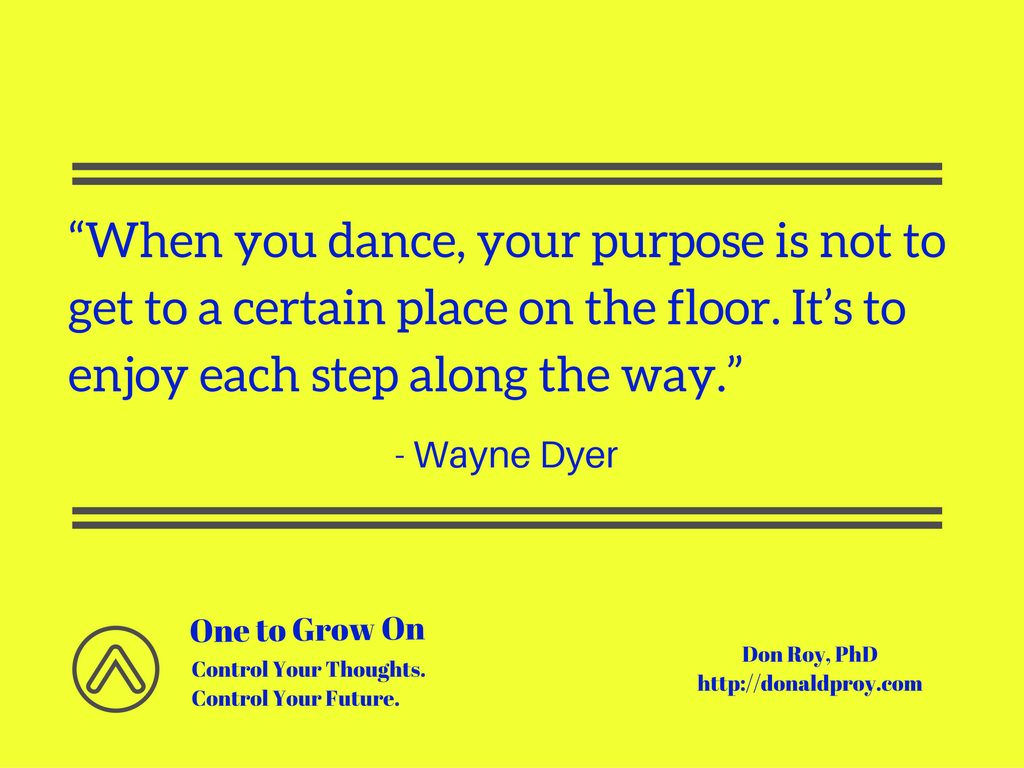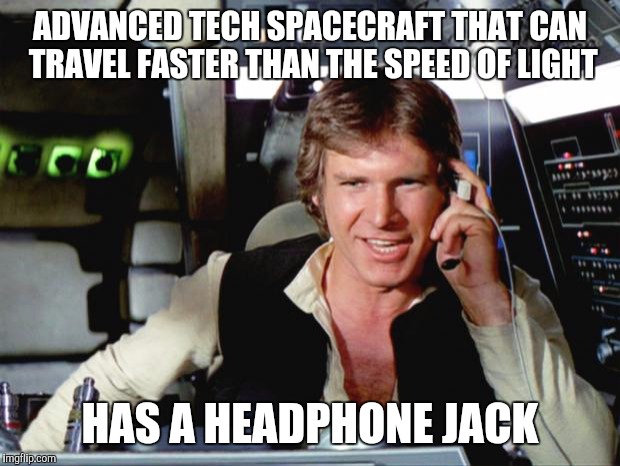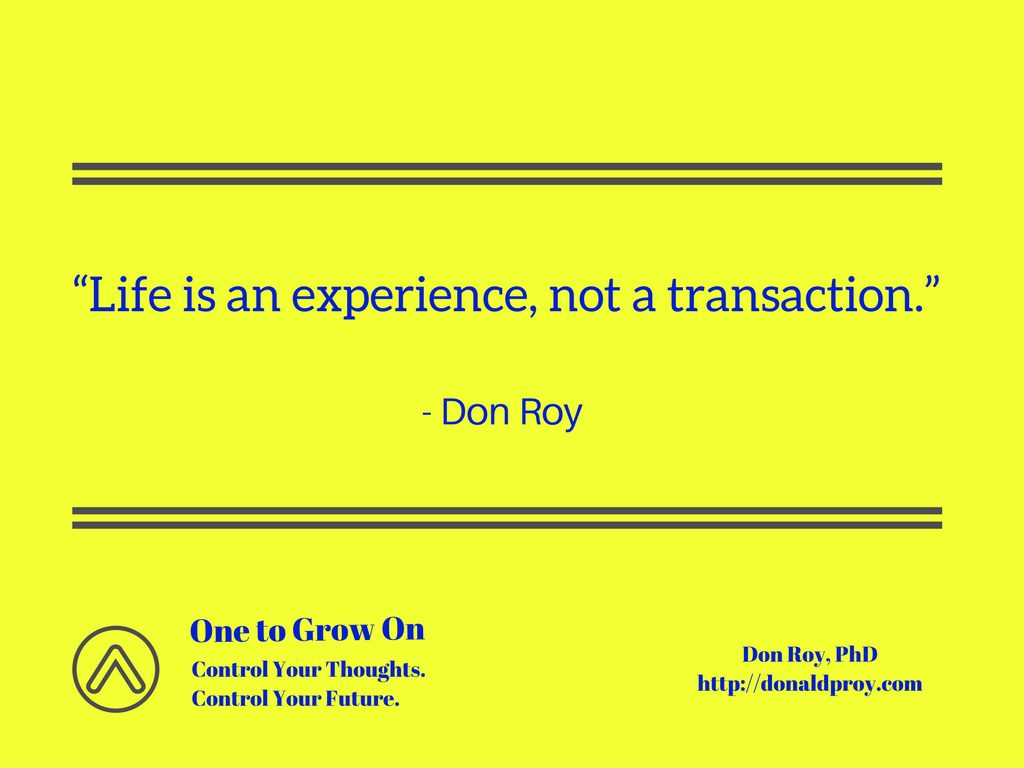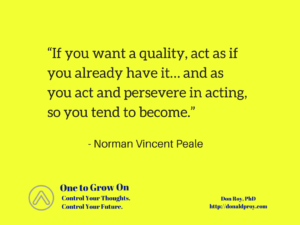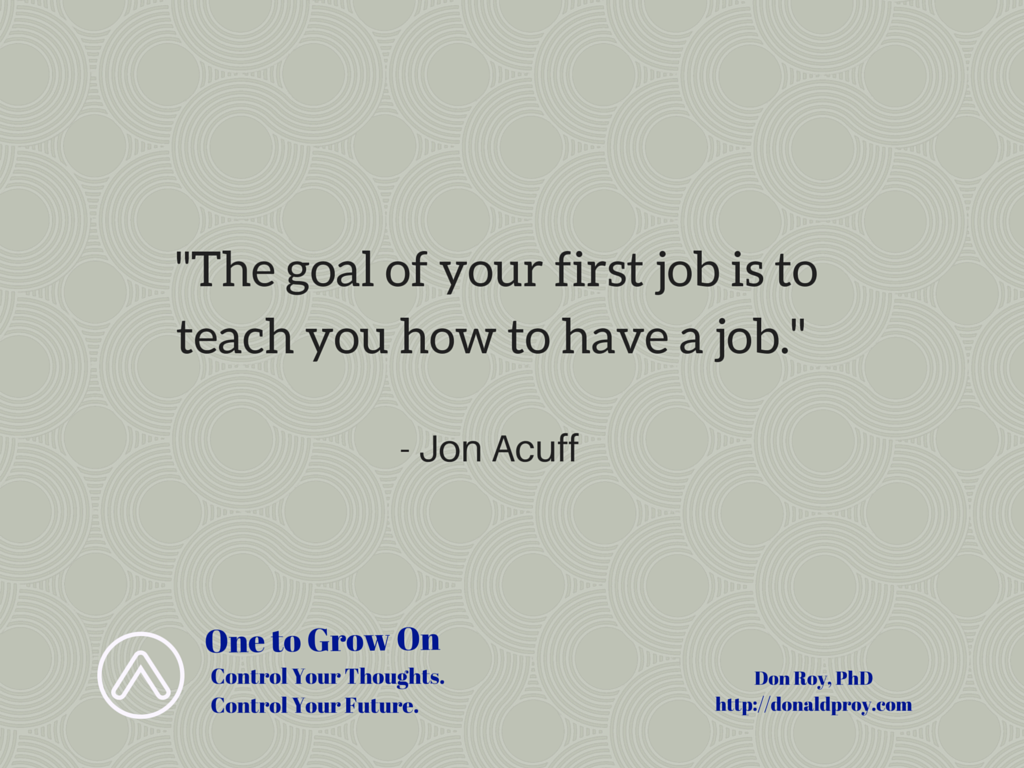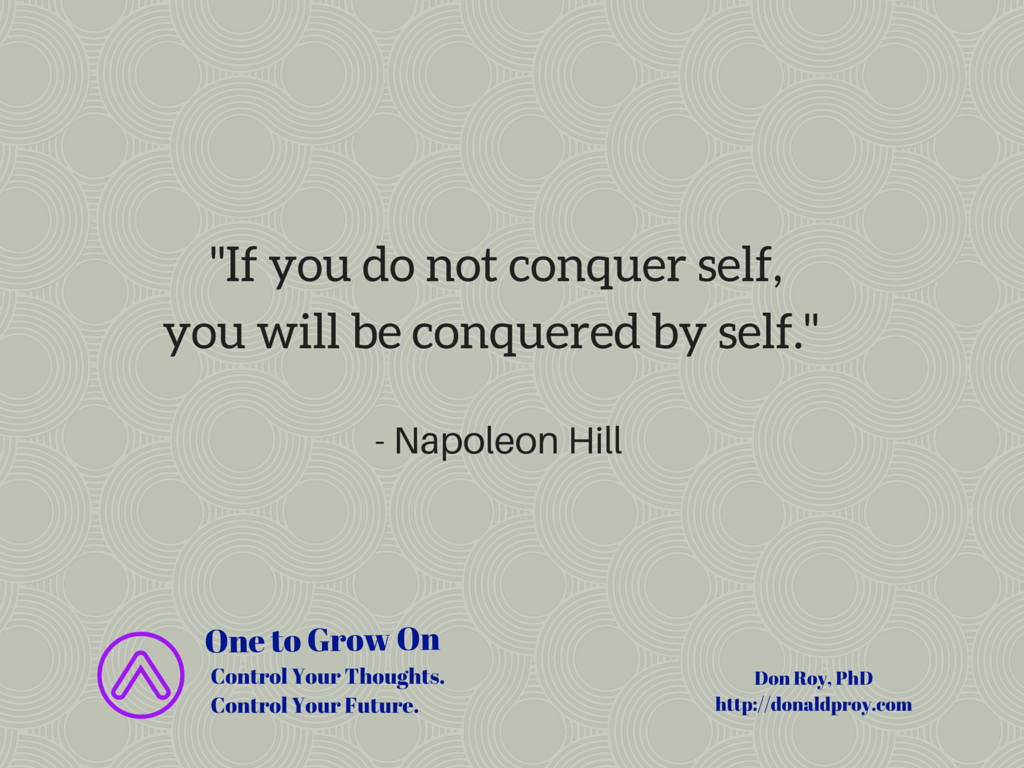The calendar flips to a new year, and along with this milestone comes a tradition practiced by many people: making New Year’s resolutions. Evidence of New Year’s resolutions can be traced back as far as 1671, with more specific mentions of the practice found as early as 1813. A notable characteristic of New Year’s resolutions then (and still today) is they seemed to excuse or acknowledge undesirable behavior in the run-up to a new year. New year’s resolutions offer a fresh start… at least in theory.
Resolutions Fall Short
If you have made New Year’s resolutions for 2017, you need to know that the odds are against success. A study on New Year’s resolutions found that only eight percent of people who make resolutions are successful in achieving them. Maybe the low success rate explains why only 45 percent of Americans usually make New resolutions.
So what are we trying to accomplish when making New Year’s resolutions? Google search data are revealing about what we long to be, do, or have. According to digital marketing firm iQuanti, the top New Year’s resolutions based on search queries include:
- Getting healthy
- Getting organized
- Living life to the fullest
- Learning new hobbies
- Spending less/saving more.
The goals are worthy; that is not the problem. New Year’s resolutions fall short of their intended outcome so often because of the absence of a plan to reach the destination. We would not get in a car and drive from Memphis to Miami without directions. Yet, New Year’s resolutions without an action plan is the equivalent of blindly making that long distance drive.
Set Goals Instead
Replace New Year’s resolutions with personal goals. In the book Me: How to Sell Who You Are, What You Do, & Why You Matter to the World, Colby Jubenville and I discuss how setting goals is essential to managing your personal brand. Setting goals offers two significant payoffs. First, goals align action with purpose. Pursuing goals is a way to to spend your time in ways that are consistent with the big picture you see for yourself. Second, goals give focus to how to spend time and energy. It is easy to fall into a trap of working on projects not aligned with your goals. Setting goals and identifying actions needed to achieve them can minimize getting sucked into other people’s priorities.
Set personal goals with two criteria in mind:
- Goals for different life parts
- Goals with different time horizons.
Life Parts
Pursuing goals could get you to the destination you want, but will you be happy once you get there? Colby and I caution against putting too much emphasis on a single area. Instead, we advocate setting goals for six different life parts:
- Career goals
- Relationship goals
- Wellness goals
- Spiritual goals
- Financial goals
- “Bucket list” goals.
The idea is setting goals in multiple areas can help create balance in your life. None of us is one dimensional; our goals should reflect the various roles we concurrently take on. For example, it might do little good to reach career goals if the actions taken to get there ruin personal relationships or damage your health. Setting goals for different life parts serves as protection against self-sabotage.
Time Horizon
In addition to setting goals for different life parts, we need to set goals with differing lengths to achievement. Why? Not every accomplishment we pursue requires the same amount of time. Set goals that are:
- Short range- 12 months or less
- Mid range- one to three years to achievement
- Long range- More than three years to achievement.
Also, use short-range and mid-range goals as stepping stones to reaching long-range goals. A long-range goal might be that end destination you envision but requires a lengthy journey to get there. The relationship between short-range, mid-range, and long-range goals is evident in the question “What is the best way to eat an elephant?” The answer is “one bite at a time.” You are more likely to achieve long-range goals set when broken down into smaller “bites.”
Do Something
Despite the preceding discussion on the limitations of New Year’s resolutions, it is OK to set goals or make resolutions. The point is do something that will spur personal growth. If you are among the eight percent that can see resolutions through to achievement, then go for it. Keep in mind that resolutions are essentially short-range goals. Complement them with more ambitious, longer range outcomes. And, set outcomes in multiple life parts; do not zero in on a single aspect of your life and ignore others.
Good luck pursuing your goals (or resolutions) in 2017!



